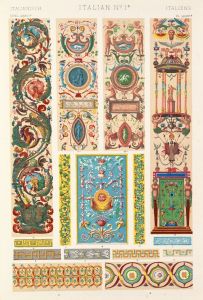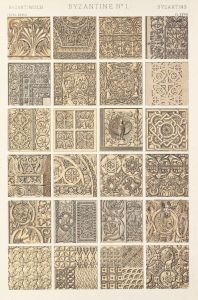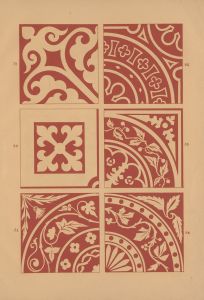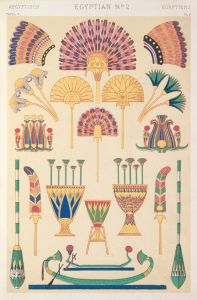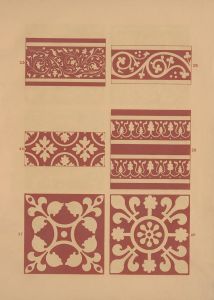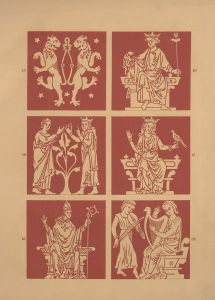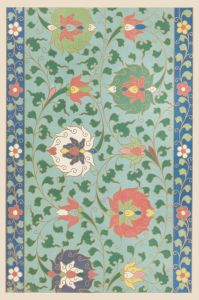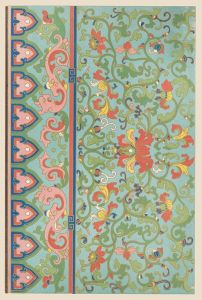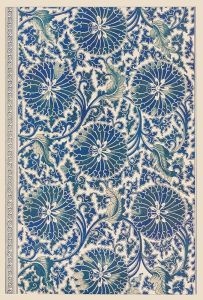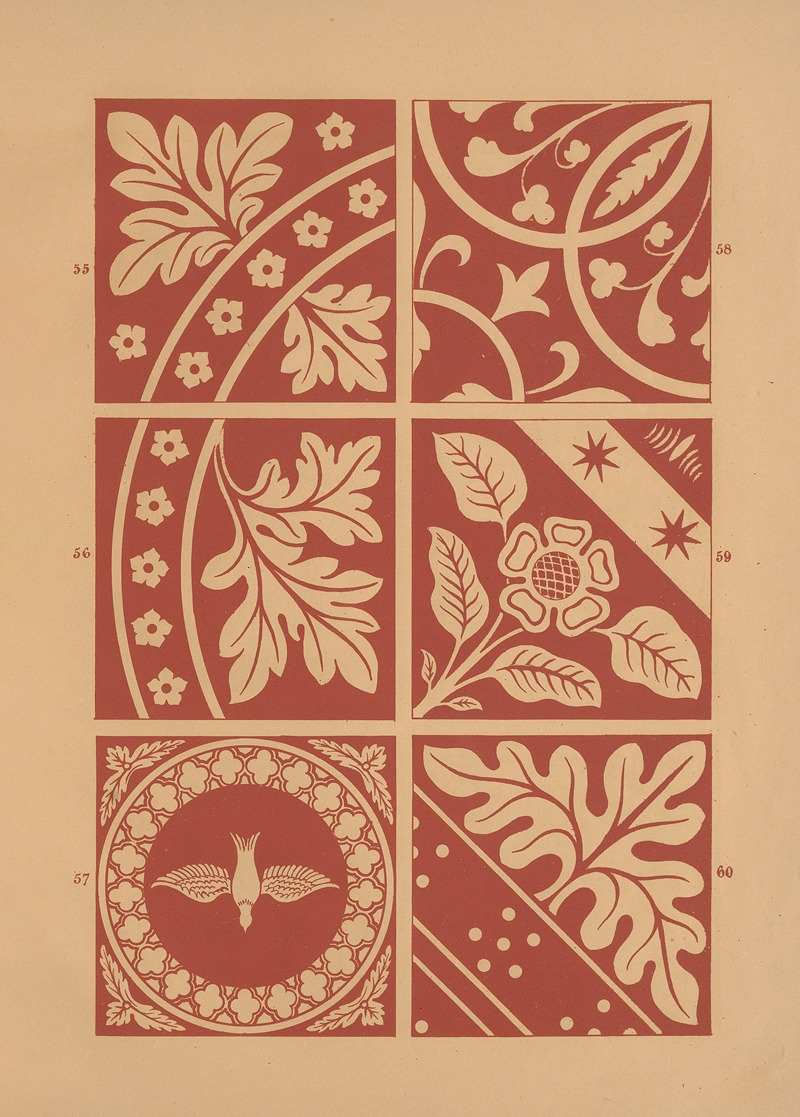
Examples of encaustic tiles Pl.09
A hand-painted replica of Owen Jones’s masterpiece Examples of encaustic tiles Pl.09, meticulously crafted by professional artists to capture the true essence of the original. Each piece is created with museum-quality canvas and rare mineral pigments, carefully painted by experienced artists with delicate brushstrokes and rich, layered colors to perfectly recreate the texture of the original artwork. Unlike machine-printed reproductions, this hand-painted version brings the painting to life, infused with the artist’s emotions and skill in every stroke. Whether for personal collection or home decoration, it instantly elevates the artistic atmosphere of any space.
"Examples of Encaustic Tiles Pl.09" is a notable work by Owen Jones, a prominent 19th-century architect and designer known for his contributions to the decorative arts and his influential publication, "The Grammar of Ornament." This particular piece is part of a larger collection that showcases the intricate designs and vibrant colors characteristic of encaustic tiles, which were a popular decorative element during the Victorian era.
Encaustic tiles are ceramic tiles in which the pattern or figure on the surface is not a product of the glaze but of different colors of clay. The term "encaustic" is derived from the Greek word "enkaustikos," meaning "to burn in," which refers to the process of inlaying colored clays into the body of the tile. This technique allows for the creation of durable and intricate patterns that do not fade over time, making them ideal for both floor and wall applications.
Owen Jones was instrumental in the revival of encaustic tiles during the 19th century. His work was heavily influenced by his travels and studies of historical architecture and design, particularly his observations of Islamic art and architecture in places like the Alhambra in Spain. Jones's designs often incorporated geometric patterns and vibrant colors, reflecting his belief in the importance of color and form in architectural decoration.
"Examples of Encaustic Tiles Pl.09" is part of Jones's broader effort to document and disseminate design principles through "The Grammar of Ornament," published in 1856. This seminal work compiled a wide array of decorative motifs from various cultures and historical periods, serving as both a reference and inspiration for architects and designers of the time. The plates in this publication, including Pl.09, are meticulously detailed and showcase Jones's commitment to the study and application of historical design principles.
The encaustic tiles depicted in Pl.09 exemplify the Victorian fascination with medieval art and architecture, a trend that was part of the broader Gothic Revival movement. This movement sought to revive the artistic and architectural styles of the Middle Ages, which were seen as embodying a sense of craftsmanship and moral integrity that was perceived to be lacking in the industrialized world.
Jones's work with encaustic tiles also reflects the technological advancements of the 19th century, which made the mass production of such tiles possible. The development of new manufacturing techniques allowed for the widespread use of encaustic tiles in public and private buildings, contributing to their popularity during this period.
In summary, "Examples of Encaustic Tiles Pl.09" by Owen Jones is a significant representation of 19th-century design and the revival of historical decorative arts. Through his work, Jones not only preserved traditional techniques but also adapted them to the needs and aesthetics of his time, leaving a lasting impact on the field of design. His contributions continue to be recognized for their historical importance and their influence on subsequent generations of designers and architects.





